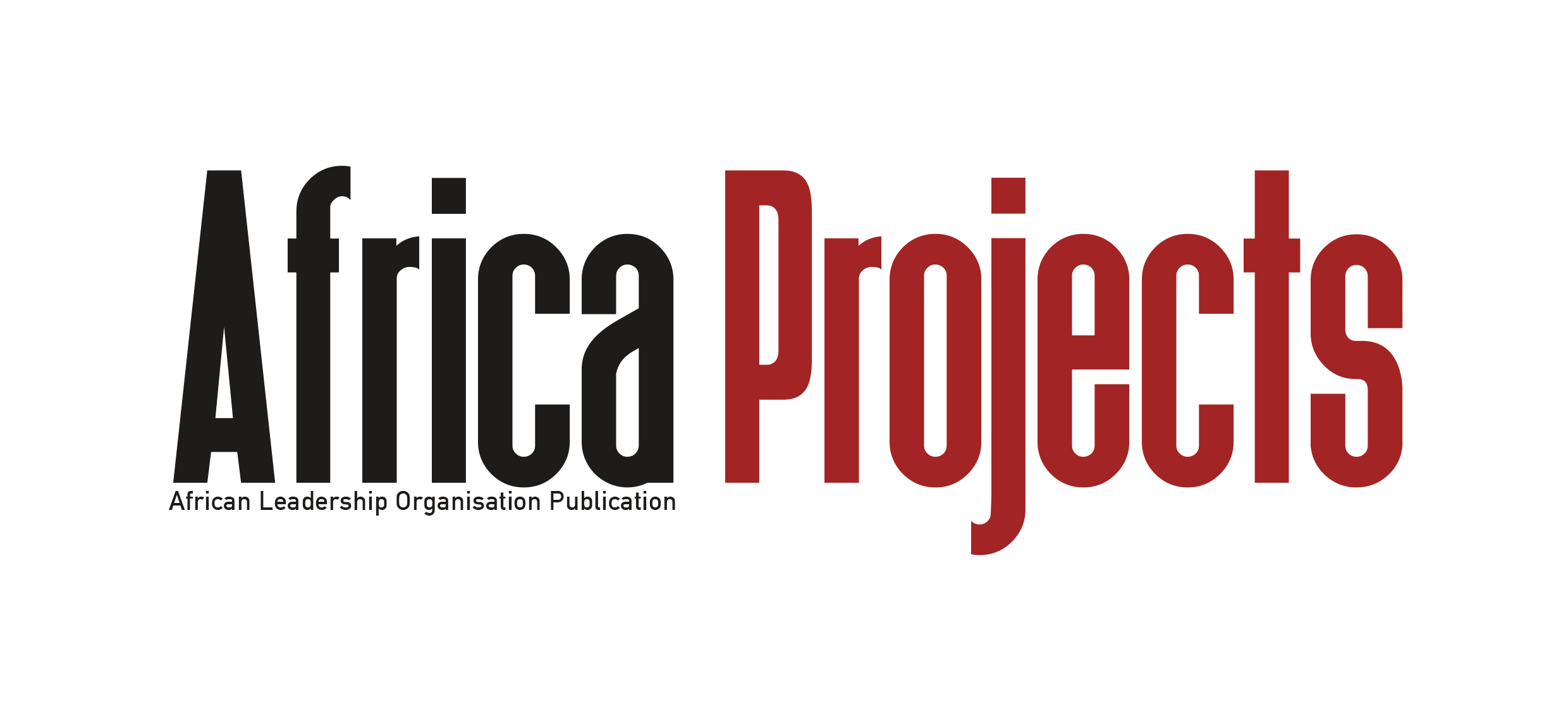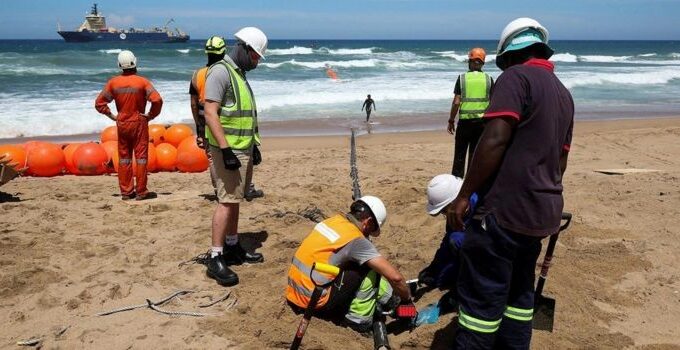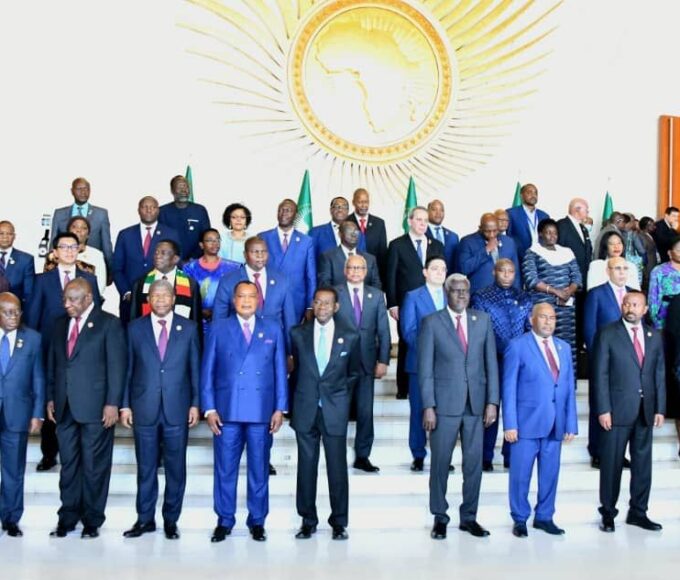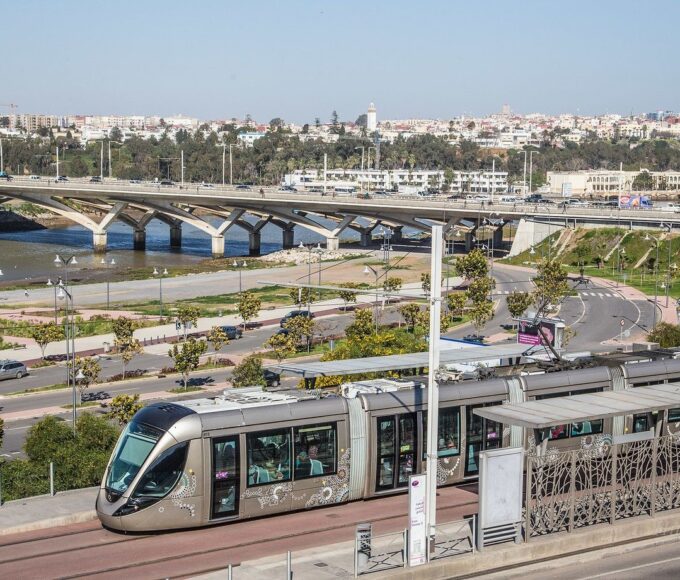- Home
- Features
- Startup Zone
- Projects
- Policies
- Shop
- Policies
- Projects
- Startup Zone
- Country Spotlight
- Analysis
- Tech
- Policies
- Projects
- Startup Zone
- Country Spotlight
- Analysis
- More
- Beyond the Kalashnikov: Africa’s Shift Toward Technology-Driven Warfare
- Afrail Express: Uniting a Continent on Rails
- AFRICA’S ENERGY CORRIDORS: CONNECTING POWER, PEOPLE, AND PROSPERITY
- Startup Lions Campus: Empowering Kenya’s Digital Generation
- L’Art de Vivre’s Le Paradis de Mahdia: Tunisia’s Model for Sustainable Luxury
- The Lobito Corridor: Rewiring Africa’s Trade Arteries Through Strategic Infrastructure
- AFRICA’S GREEN ENERGY TRANSITION: A BEACON OF HOPE FOR CLIMATE ACTION
- Dangote Refinery: Showcasing Africa’s Project Success Story
- AFRICA GREEN ECONOMY: ALL YOU NEED TO KNOW
- The Most Important Amicus Brief in the History of the World
- The Rise of Indigenous UAVs: Africa’s Drone Capabilities in Warfare and Surveillance
- AFRICA’S LARGEST OIL PRODUCERS: A COMPREHENSIVE OVERVIEW
- Beyond the Kalashnikov: Africa’s Shift Toward Technology-Driven Warfare
- Afrail Express: Uniting a Continent on Rails
- AFRICA’S ENERGY CORRIDORS: CONNECTING POWER, PEOPLE, AND PROSPERITY
- Startup Lions Campus: Empowering Kenya’s Digital Generation
- L’Art de Vivre’s Le Paradis de Mahdia: Tunisia’s Model for Sustainable Luxury
- The Lobito Corridor: Rewiring Africa’s Trade Arteries Through Strategic Infrastructure
- AFRICA’S GREEN ENERGY TRANSITION: A BEACON OF HOPE FOR CLIMATE ACTION
- Dangote Refinery: Showcasing Africa’s Project Success Story
- AFRICA GREEN ECONOMY: ALL YOU NEED TO KNOW
- The Most Important Amicus Brief in the History of the World
- The Rise of Indigenous UAVs: Africa’s Drone Capabilities in Warfare and Surveillance
- AFRICA’S LARGEST OIL PRODUCERS: A COMPREHENSIVE OVERVIEW
- Beyond the Kalashnikov: Africa’s Shift Toward Technology-Driven Warfare
- Afrail Express: Uniting a Continent on Rails
- AFRICA’S ENERGY CORRIDORS: CONNECTING POWER, PEOPLE, AND PROSPERITY
- Startup Lions Campus: Empowering Kenya’s Digital Generation
- L’Art de Vivre’s Le Paradis de Mahdia: Tunisia’s Model for Sustainable Luxury
- The Lobito Corridor: Rewiring Africa’s Trade Arteries Through Strategic Infrastructure
- Startup Zone
Top Insights
Satellite Internet and Remote Connectivity in Rural Ghana
Despite technological advantages, satellite internet remains expensive relative to income levels in rural Ghana.

Ghana has emerged as a notable example in sub-Saharan Africa for leveraging satellite internet and innovative connectivity solutions to bridge the digital divide in its rural areas. While traditional terrestrial infrastructure, such as fibre optic cables and cellular towers, has expanded significantly, many remote communities remain unconnected or experience poor service quality. Satellite internet, with its ability to provide coverage in hard-to-reach locations, has become a critical component in Ghana’s digital development strategy.
The Digital Divide in Rural Ghana
Infrastructure Limitations and Geographical Barriers
Ghana’s rural regions, especially in the Northern, Upper East, and Upper West zones, face significant infrastructural deficits. The sparse population density makes large-scale fibre deployment economically unattractive, and the high costs of extending terrestrial networks often outweigh projected revenues. Furthermore, many remote communities are situated in terrains that complicate infrastructure rollout, including mountainous or riverine environments.
Power Supply Challenges
Reliable electricity access is a prerequisite for internet infrastructure operation. In many rural Ghanaian communities, power outages are frequent, and a lack of grid connection necessitates alternative power sources such as solar or generators. These power issues hinder the consistent operation of network equipment, further impeding connectivity.
Population Dispersion and Low Usage Incentives
The dispersed nature of rural populations results in low individual user density, dissuading private operators from investing in infrastructure. Consequently, many rural residents rely on limited 2G or 3G networks with low bandwidth and high latency, restricting their digital engagement.
High Deployment Costs
Extending fibre optic cables to remote areas entails substantial capital expenditure for laying underground or submarine cables, securing rights of way, and establishing backhaul links. The low return on investment discourages many telecom companies from prioritising rural coverage, leaving a gap that satellite solutions increasingly aim to fill.
Satellite Internet Solutions in Ghana
Role of Public-Private Partnerships
Ghana’s government, through agencies such as the Ghana Investment Fund for Electronic Communications (GIFEC), has actively partnered with private firms to deploy satellite and solar-powered infrastructure in underserved regions. These collaborations aim to provide affordable, reliable connectivity to communities that remain unreachable via terrestrial networks.
Technologies Employed
Satellite-Backhauled Towers
Companies like Huawei and MTN Ghana operate satellite-backhauled, solar-powered towers strategically placed in rural communities. These towers connect via satellite links to the core internet and distribute Wi-Fi or mobile signals locally.
Commercial Satellite Services (Starlink, Bluetown, K-NET)
Starlink, operated by SpaceX, has rapidly gained traction in Ghana, offering high-speed, low-latency internet through a constellation of Low Earth Orbit (LEO) satellites. Bluetown Ghana Ltd and K-NET utilise satellite links to provide broadband in remote areas, often coupled with solar power systems to ensure sustainability.
TV White Spaces (TVWS)
This technology exploits unused broadcast TV frequencies to deliver internet services in rural zones. Ghana has piloted TVWS projects to extend affordable broadband coverage, especially to agricultural communities and schools.
Benefits of Satellite Internet in Ghana
Enhanced Coverage and Accessibility
Satellite solutions enable connectivity in areas where terrestrial infrastructure is prohibitively expensive or physically impossible to deploy. This enhances access to education, healthcare, e-government services, and economic markets.
Cost-Effectiveness
Compared to extensive fibre rollout, satellite backhaul and terminal-based solutions offer a more immediate and scalable means to expand coverage, especially when combined with solar power systems that reduce operational costs.
Reliability and Resilience
Satellite links are less vulnerable to terrestrial disruptions such as fibre cuts or tower vandalism. During natural disasters or infrastructure failures, satellite connectivity can act as an emergency or backup communication channel.
Fostering Economic Development
By bringing the internet to rural farmers, artisans, and small-scale entrepreneurs, satellite connectivity promotes digital inclusion, financial access, and new economic opportunities.
Key Initiatives and Projects
GIFEC’s Rural Telephony and Internet Access Program
GIFEC has deployed over 100 solar-powered satellite backhaul sites and community ICT centres in remote districts. These sites serve as nodes for e-learning, telemedicine, and local content dissemination, significantly improving social services.
Bluetown Ghana Ltd and K-NET
Both companies have established satellite-based broadband services in rural communities, partnering with NGOs and government agencies to expand digital access. Their models include solar-powered ground stations and community Wi-Fi hotspots.
MTN Ghana’s Satellite Partnerships
MTN Ghana collaborates with satellite providers such as Starlink, OneWeb, and AST SpaceMobile to extend rural coverage and experiment with satellite backhaul solutions for mobile base stations. The company’s strategy involves integrating satellite links to reduce the cost of expanding terrestrial infrastructure.
Starlink’s Entry and Impact
Since its official licensing in 2024, Starlink has become a game-changer by providing high-speed internet with speeds often exceeding 100 Mbps and low latency ($300 for equipment and ~$25/month), limiting mass adoption. The Ghanaian government, through the NCA, has emphasised regulatory compliance and is exploring subsidies or shared access models to broaden reach.
Challenges and Future Outlook
Cost Barriers and Affordability
Despite technological advantages, satellite internet remains expensive relative to income levels in rural Ghana. Cost-reduction strategies, including bulk purchasing, government subsidies, or device-sharing schemes, are necessary to achieve widespread adoption.
Device Penetration and Digital Literacy
Limited access to smartphones and computers hampers the utilisation of satellite-enabled services. Complementary programs focusing on device affordability and digital skills training are essential to maximise impact.
Regulatory and Policy Environment
Ghana’s proactive regulatory stance, including licensing satellite providers and establishing standards, facilitates innovation. Continued policy support is necessary to foster competition, reduce costs, and ensure quality of service.
Integration with Terrestrial Networks
Satellite solutions should complement terrestrial infrastructure investments, such as fibre optic backbone expansion and 4G/5G deployment, to create a resilient, unified connectivity ecosystem.
Conclusion
Ghana’s strategic deployment of satellite internet and innovative remote connectivity solutions positions it as a regional leader in closing the digital divide in rural areas. Through public-private partnerships, technological innovation, and supportive policies, Ghana is transforming its rural communities from digital enclaves into active participants in the digital economy. While challenges like affordability and digital literacy remain, ongoing initiatives and emerging satellite services like Starlink are paving the way for a more inclusive and connected Ghana—an exemplar for other developing nations seeking to harness space-based connectivity to reach every citizen.
Recent Posts
Related Articles
Africa’s Green Industrial Revolution: Leading Low-Carbon Manufacturing Projects
Across Africa, a decisive industrial pivot is underway. Governments and private investors...
ByafricaprojectDecember 24, 2025AFRICA’S DIGITAL LEAP: HIGH-SPEED TELECOM PROJECTS BRIDGE THE CONTINENT
Africa is entering a transformative era of connectivity as high-speed telecommunications projects...
ByafricaprojectDecember 19, 2025THE LEADERS BEHIND AFRICA’S EXPANDING HEALTHCARE INFRASTRUCTURE
Across Africa, a quiet construction boom is transforming the continent’s health landscape....
ByafricaprojectDecember 17, 2025INSIDE AFRICA’S MOST AMBITIOUS INFRASTRUCTURE DEVELOPMENTS
Africa is no longer asking permission to build. From the Atlantic to...
ByafricaprojectDecember 3, 2025












